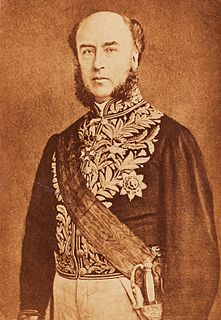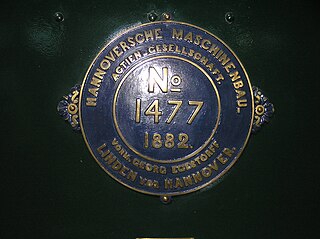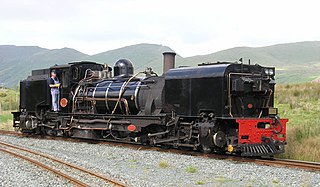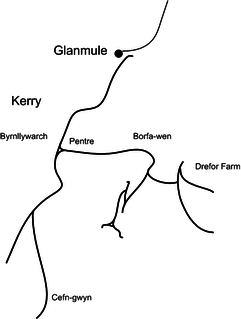
The Atjeh Tram was a railroad line in Aceh, on the island of Sumatra. It was built from 1874 by the Military engineering section of the Royal Netherlands East Indies Army (abbreviated KNIL in Dutch). Originally a loop for the port of Oleh Leh, it was rebuilt as a route for the transport of military goods stretching from Ule Lheu to the port of Pangkalan Susu in the Sultanate of Langkat. The line was 511 kilometers long, with 120 stops and stations along the way. It was finished in 1917. During the Aceh War the railroad proved of great importance for the quick transportation of troops and material.

Aceh is a province of Indonesia, located at the northern end of Sumatra. Its capital and largest city is Banda Aceh. It is close to the Andaman and Nicobar Islands of India and separated from them by the Andaman Sea. Granted a special autonomous status, Aceh is a religiously conservative territory and the only Indonesian province practicing Sharia law officially. There are ten indigenous ethnic groups in this region, the largest being the Acehnese people, accounting for approximately 80% to 90% of the region's population.

Sumatra is a large island in western Indonesia that is part of the Sunda Islands. It is the largest island that is located entirely in Indonesia and the sixth-largest island in the world at 473,481 km2.
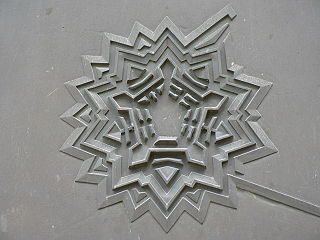
Military engineering is loosely defined as the art, science, and practice of designing and building military works and maintaining lines of military transport and military communications. Military engineers are also responsible for logistics behind military tactics. Modern military engineering differs from civil engineering. In the 20th and 21st centuries, military engineering also includes other engineering disciplines such as mechanical and electrical engineering techniques.
Contents
The line was also used for civilian transportation; by 1920 it moved over 4 million people and over 153,000 tons of goods. [1]
Parts of it were used even after World War II, but due also to the Acehnese rebellion the line as a whole became derelict. A study done in 2005 by the SNCF [2] suggested that the line could be repaired, but the narrow-gauge railway (750 mm/2 ft 5 1⁄2 in) would have to be widened to standard gauge (1,435 mm/4 ft 8 1⁄2 in).

World War II, also known as the Second World War, was a global war that lasted from 1939 to 1945. The vast majority of the world's countries—including all the great powers—eventually formed two opposing military alliances: the Allies and the Axis. A state of total war emerged, directly involving more than 100 million people from over 30 countries. The major participants threw their entire economic, industrial, and scientific capabilities behind the war effort, blurring the distinction between civilian and military resources. World War II was the deadliest conflict in human history, marked by 50 to 85 million fatalities, most of whom were civilians in the Soviet Union and China. It included massacres, the genocide of the Holocaust, strategic bombing, premeditated death from starvation and disease, and the only use of nuclear weapons in war.

The Société nationale des chemins de fer français is France's national state-owned railway company. Founded in 1938, it operates the country's national rail traffic along with Monaco, including the TGV, France's high-speed rail network. Its functions include operation of railway services for passengers and freight, and maintenance and signalling of rail infrastructure. The railway network consists of about 32,000 km (20,000 mi) of route, of which 1,800 km (1,100 mi) are high-speed lines and 14,500 km (9,000 mi) electrified. About 14,000 trains are operated daily.

A narrow-gauge railway is a railway with a track gauge narrower than standard 1,435 mm. Most narrow-gauge railways are between 600 mm and 1,067 mm.


